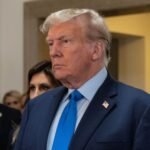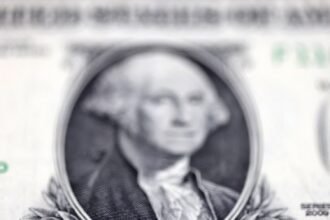The U.S. dollar experienced a downturn in trading sessions on Thursday following weak economic indicators, which reignited fears of sluggish growth and rising inflation. This downturn comes as the euro remained stable before the European Central Bank’s anticipated interest rate cut. The subdued data indicated a contraction in the U.S. services sector for the first time in nearly a year, paired with a weakened labor market. This led to a surge in Treasuries, increasing expectations for interest rate cuts from the Federal Reserve later this year.
During Asian market hours, currency movements were relatively restrained. Investors appeared cautious, looking for concrete developments that could impact economic and trade policies globally. Markets have experienced turbulence since President Donald Trump introduced a wave of tariffs on various nations starting April 2, with some paused and new ones declared, prompting investors to seek alternatives to U.S. assets.
Market analysts have highlighted the dollar’s weakness as a pivotal trend for the year, with many expecting further declines due to growing concerns over the U.S. federal deficit and debt. The dollar slightly increased against the yen and maintained its position against the euro, while Sterling was quoted at $1.3544. The dollar index fell by about 9% in 2023, positioning it for its poorest yearly performance since 2017. Attention now shifts to the release of May’s payroll data, deemed significant for assessing labor market health after understated growth in private payrolls was reported earlier.
(With inputs from agencies.)




















